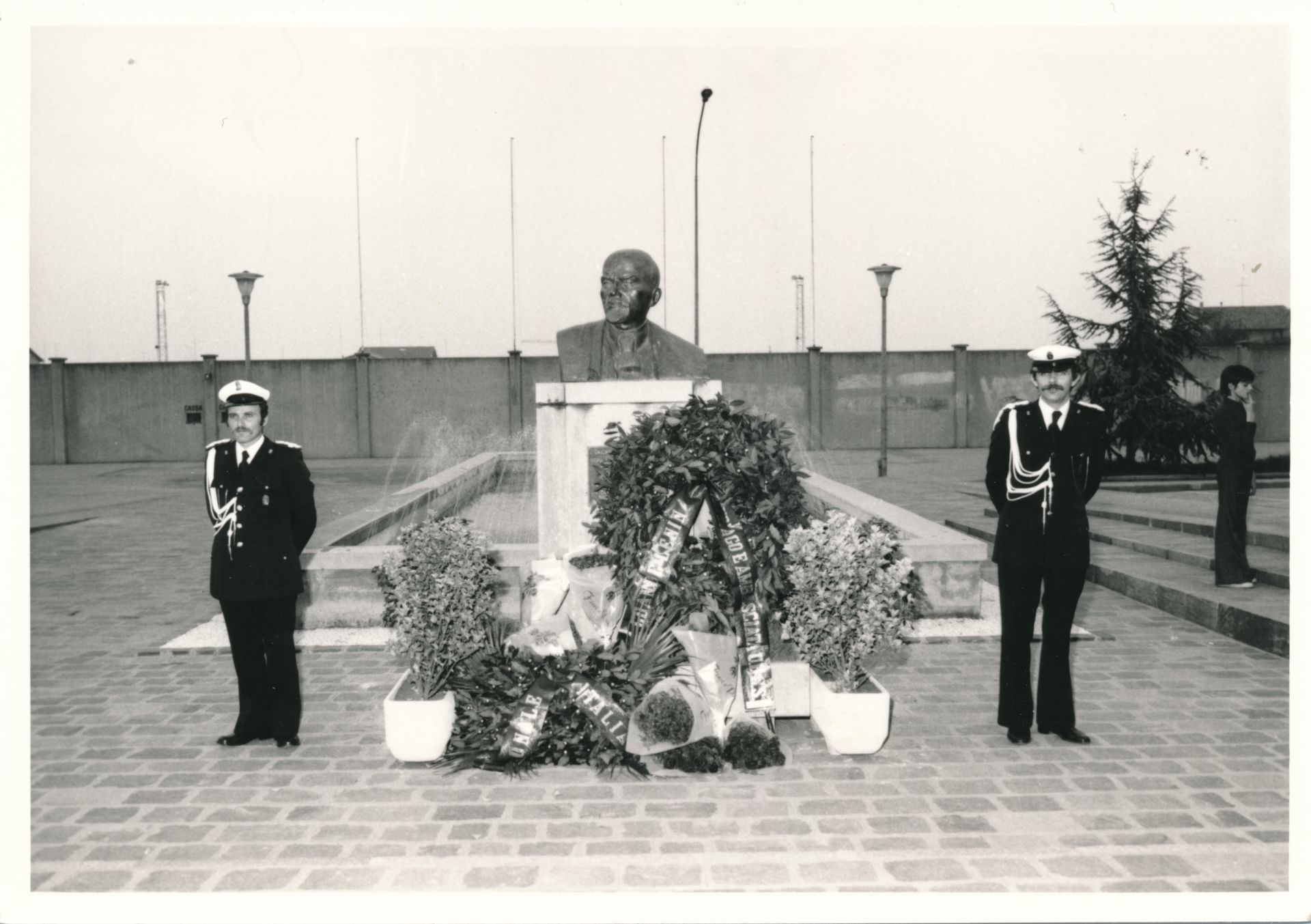Listen to this story
When walking through the northern Italian town of Cavriago, a series of familiar names catch your eye. Steps away from street signs commemorating anti-fascists Giacomo Matteotti and Antonio Gramsci — two recurring figures in the toponymy of Italian cities — there are also Tolstoy, Mayakovsky, Gorky and Pushkin. They mark a territory whose links to Russian literature are not immediately obvious to most visitors. But this seemingly unremarkable town — with a population of fewer than 10,000 in the heart of the Emilia-Romagna region, historically nicknamed “Emilia Rossa” (“Red Emilia”) for its high levels of support for the Communist Party — built bridges between the Soviet Union and Europe over the course of the 20th century.
It is in the town’s center, in Piazza Lenin, that this history is most prominently on display. This is where Italy’s — and, most likely, Western Europe’s — last public bust of the Russian revolutionary Vladimir Ilyich Ulyanov, aka Lenin, still stands. The unusual monument was unveiled in 1970. Its roots, however, run much deeper — back to the days of the Russian Revolution, when the first link between Cavriago and the Soviet Union was established. Create a free account to continue reading Already a New Lines member? Log in here Create an account to access exclusive content.



